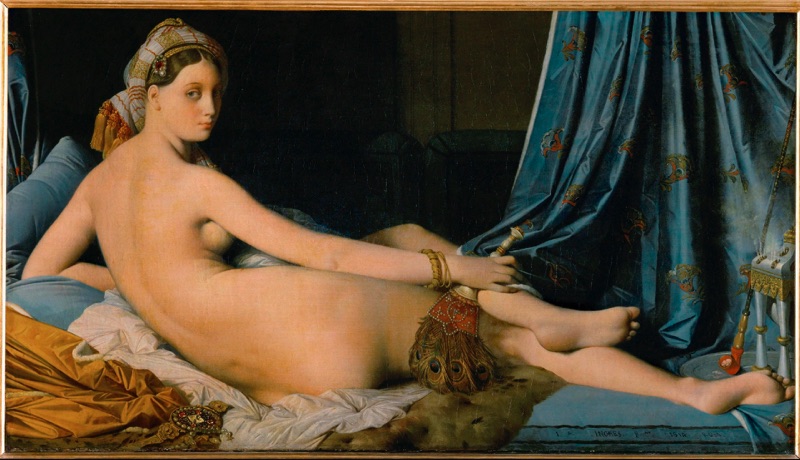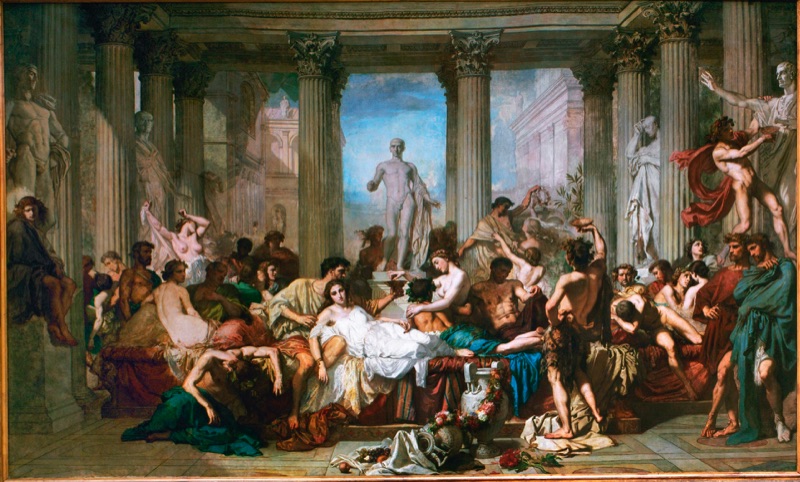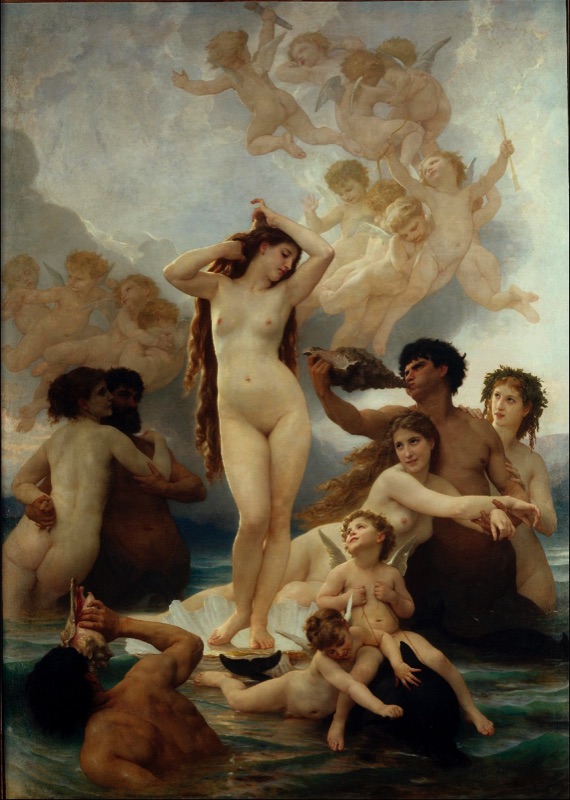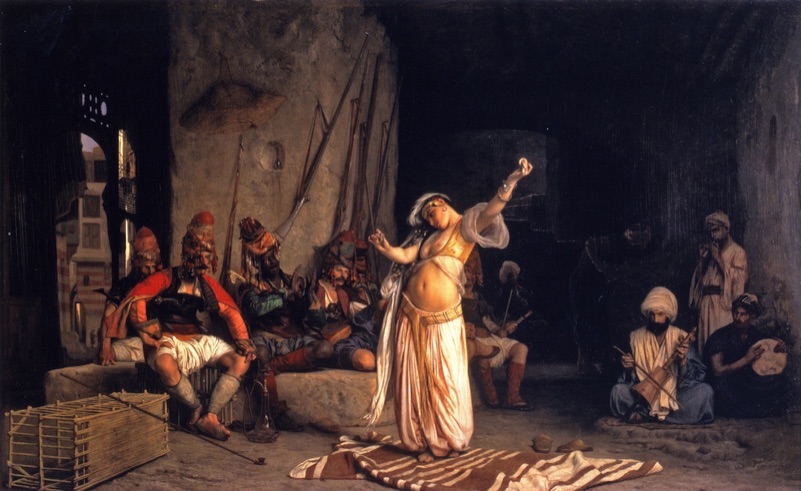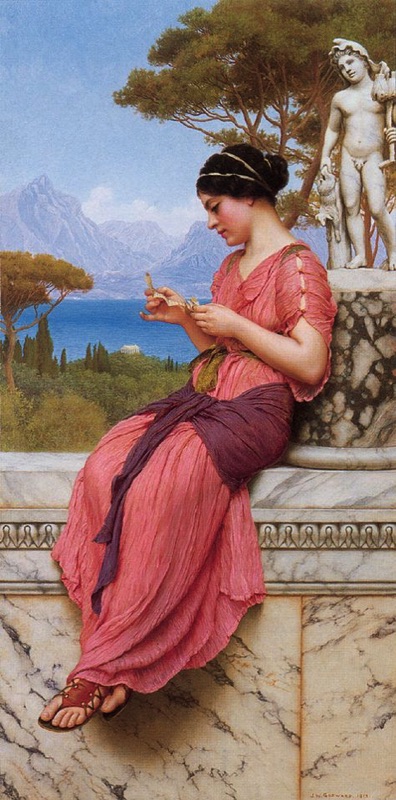Academic art and Orientalism
pre-class prep: read Chu pp. 269-85 (PDF)
read Berger, Ways of Seeing ch. 3 (PDF)
read Nochlin, 'The Imaginary Orient' (PDF)
discussion questions: Those named for the questions below should come prepared to present a short (3-5 minute) response to that question.
1. (Zoe D) Continuation from last week's Realism topic: Although Realism first appears as a movement in France in the mid-nineteenth century, it did have practitioners in Germany and Russia as well: analyze Adolph Menzel's Iron-Rolling Mill (Chu fig. 13-17) and Ilya Repin's Barge-haulers on the Volga (Chu fig. 18-21) as examples. How are they similar to French Realism? How are they different? Relate to the specific sociopolitical contexts of their respective countries.
2. (Grace A) What is Orientalism? How did European artists tend to represent the cultures of North Africa and the so-called 'Middle East'? Discuss Ingres's Grande Odalisque and Gérôme's Dance of the Almeh (below) as examples. If you would like to analyze any other works as examples, let me know by noon on Tuesday, March 19th. How do such works serve the socio-economic and political interests of European colonizers?
people, terms, and concepts: Academic art, the Academy, the Ecole des Beaux Arts, atelier, the Salon, juste milieu, historicism, the Academic nude, Orientalism, the 'reality effect'
key points:
• What was the Academic system of training, exhibiting, awarding, and patronizing art in the 19th century? Be able to discuss the roles of the Academy, the ateliers, the Ecole des Beaux-Arts, and the Salon exhibitions
• What are the characteristics of Academic art, in terms of subject matter, form/style, and overall artistic and social intent? Why was Academic art so popular in its time? Why is it looked on less favorably today, despite the incredible technical skills of its artists?
• What are the characteristics of the Academic nude in terms of body-type, settings, poses, gaze, etc? Who was the implied viewer (and typical patron) of the Academic nude, and how did the works serve the interests of that viewer/patron?
• What is Orientalism, and how does it show up in European depictions of North African and Middle Eastern cultures? How do Orientalist works seem to be factual or documentary (the 'reality effect'), but in fact show a very biased representation of those cultures/regions?
• Whose socio-economic and political interests did Orientalist paintings serve? How did Orientalism relate to European colonialism?
Ingres, The Grande Odalisque, Orientalism, 1814
Thomas Couture, Romans of the Decadence, Academic Art, 1847
Godward, The Billet Doux (The Love Letter), Academic Art, 1913
Gérôme, The Dance of the Almeh, Orientalism, 1863
Bouguereau, Birth of Venus, Academic Art, 1879
